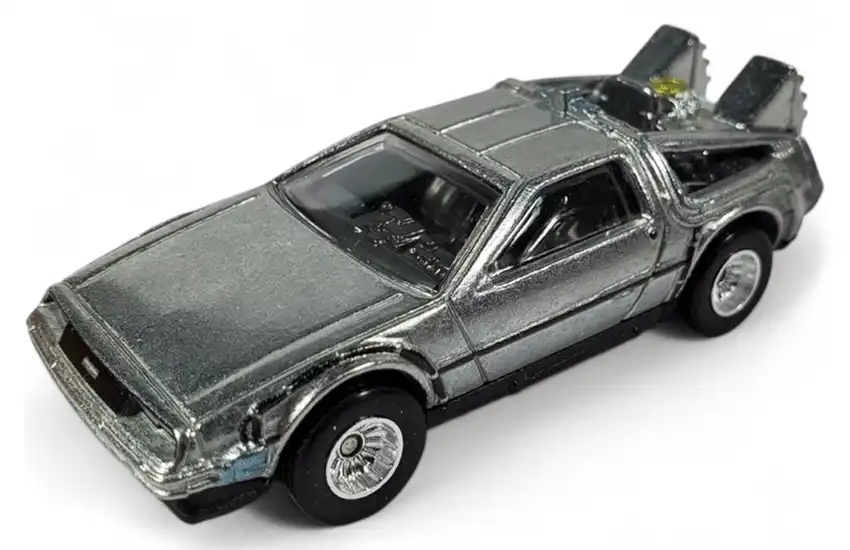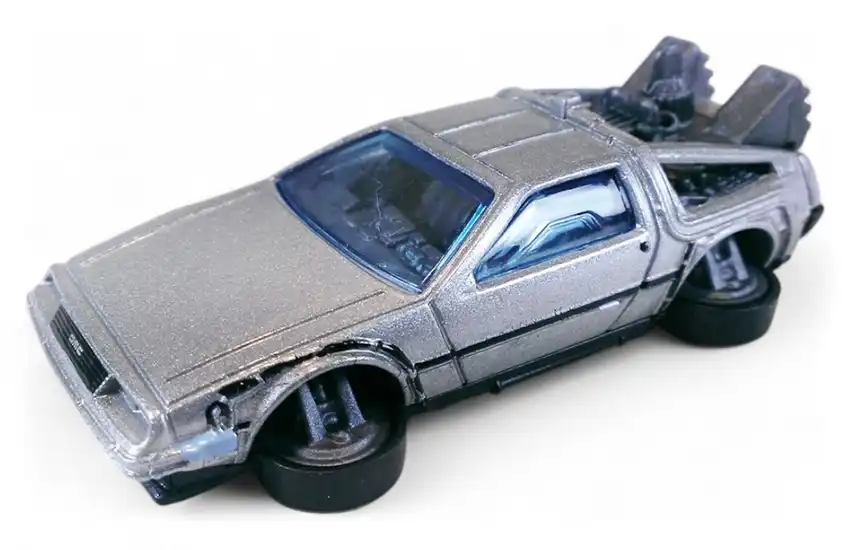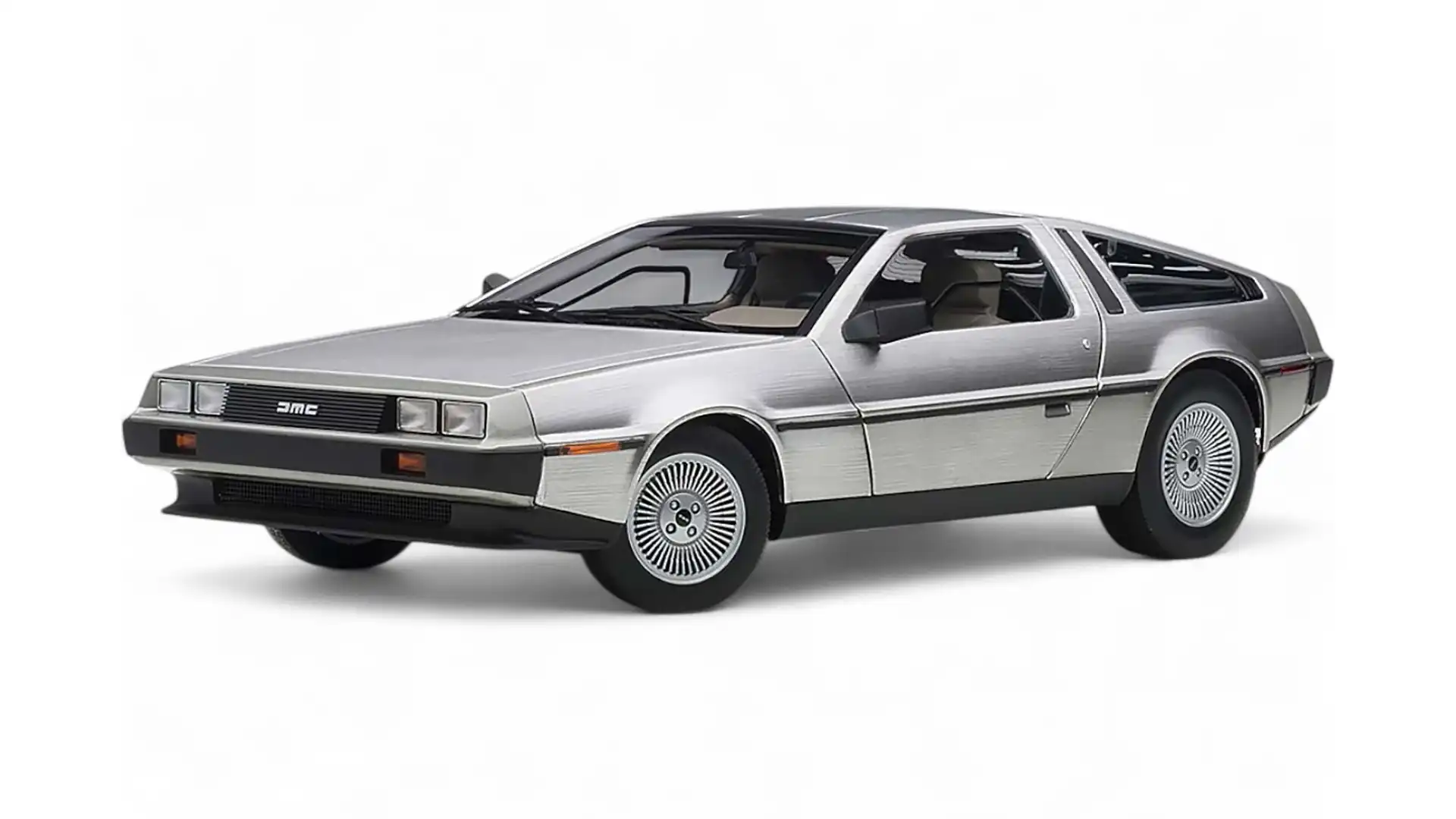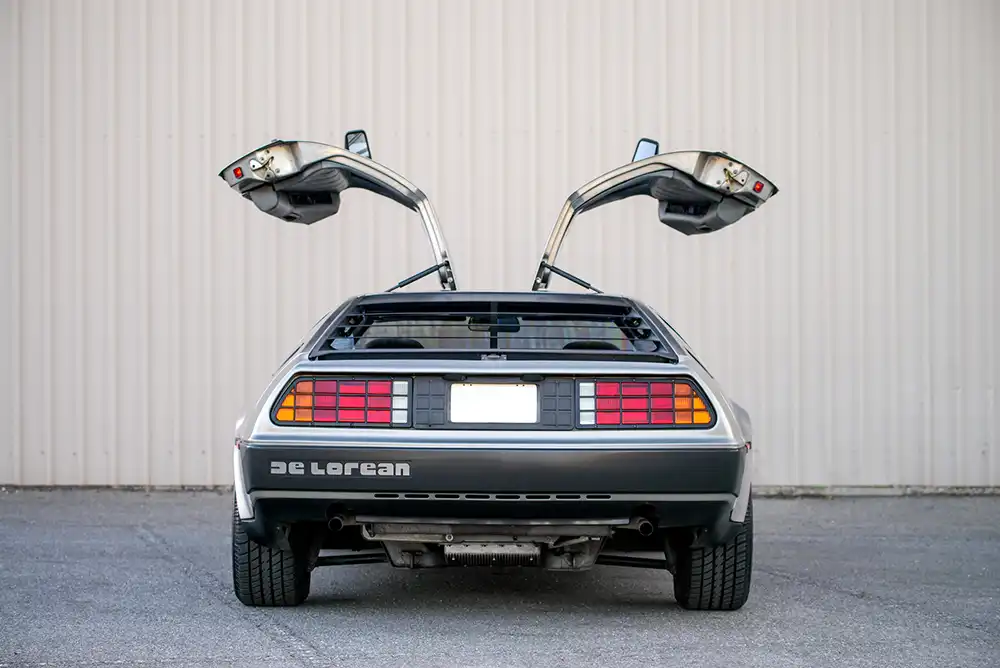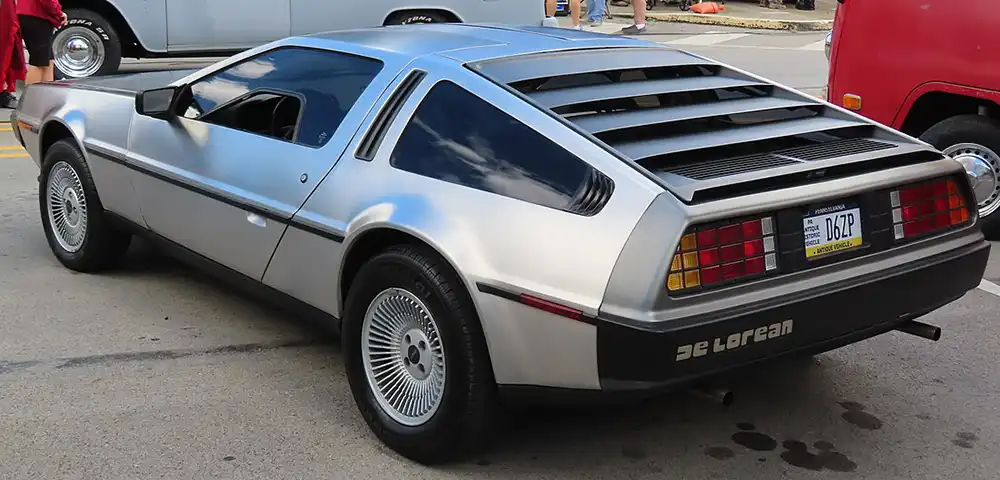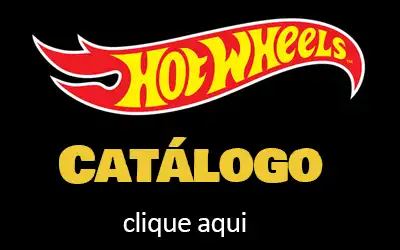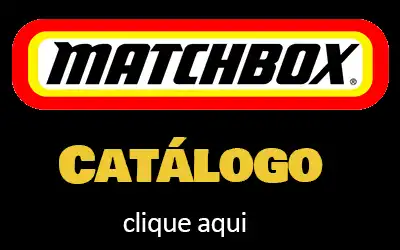
Who hasn’t dreamed of time travel? For many of us, that fantasy literally gained wheels through cinema. The DMC DeLorean, with its gull-wing doors and stainless-steel body, transcended the screens of “Back to the Future” and became one of pop culture’s most iconic vehicles. But behind Doc Brown’s time machine lies a real story of ambition, innovation, and, for a brief period, commercial failure that is as fascinating as any Hollywood script.
The visionary behind the car was John Z. DeLorean, an automotive engineer and executive with a brilliant career at General Motors. Unconvinced by the restrictions of large corporations, he decided to create his own company and his own dream car: an ethical, safe, durable sports car with a radical design that set it apart from everything else on the market. Thus, the DeLorean Motor Company (DMC) and the DMC-12, its sole production model, were born. Launched in 1981, the car was a promise of the future. Its brushed stainless-steel body was impervious to paint and minor scratches, and the “Gullwing” doors were a spectacle in themselves, ensuring the car would never go unnoticed.
However, DMC’s journey was tumultuous. Financial, production, and quality control issues plagued the company from the outset. The factory in Northern Ireland, built with government incentives, faced logistical and labor challenges. The car’s high price and performance, which, though good, didn’t quite align with the expectation of a “supercar,” contributed to lower-than-expected sales. Fewer than 9,000 units were produced before the company filed for bankruptcy in 1982, amidst scandals and controversies involving John DeLorean himself. It seemed the car was destined to be a mere footnote in automotive history.
Then, Robert Zemeckis and Bob Gale, the creators of “Back to the Future,” entered the scene. Looking for a car that could be transformed into a futuristic time machine, they chose the DeLorean not only for its distinctive appearance but also with a touch of irony: how could a car that failed so spectacularly be the vehicle of the future? From 1985 onwards, the DeLorean became the star of the trilogy, catapulting it from an obscure automotive chapter to legendary status. Its image was immortalized as a symbol of innovation, mystery, and the unmistakable ability to “travel through time.”
For us, diecast miniature collectors, the DeLorean is much more than just a toy car. It’s a portal to childhood nostalgia, a tribute to audacious design, and a piece of automotive history that reinvented itself. Having a DeLorean on your shelf, whether it’s a 1:64 scale, or a larger-scale replica, is owning a piece of a fascinating saga – the real story of a car that traveled through time, not literally, but in the imagination and hearts of millions of fans around the world. It’s proof that some legends, even those that initially stumble, find their eternal place in culture.
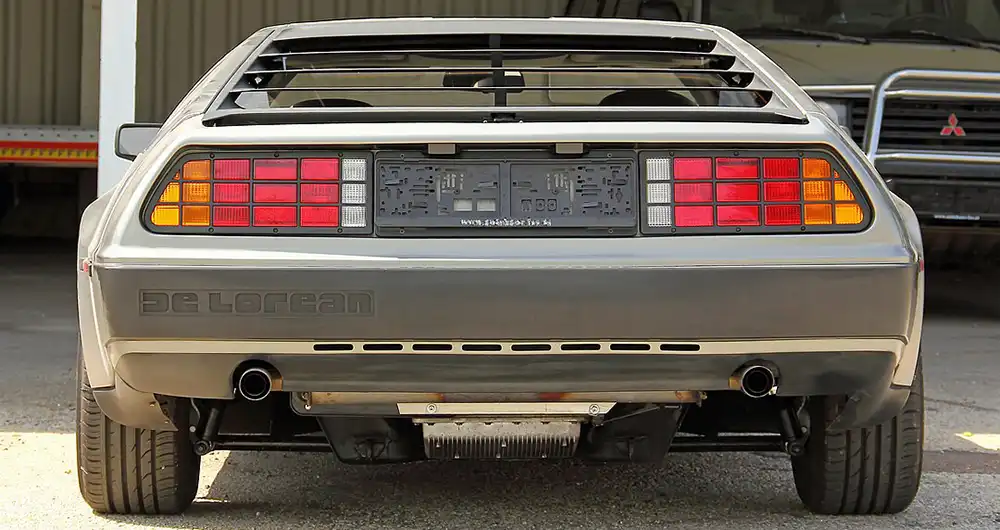
DMC DeLorean miniatures
AutoArt 1:18

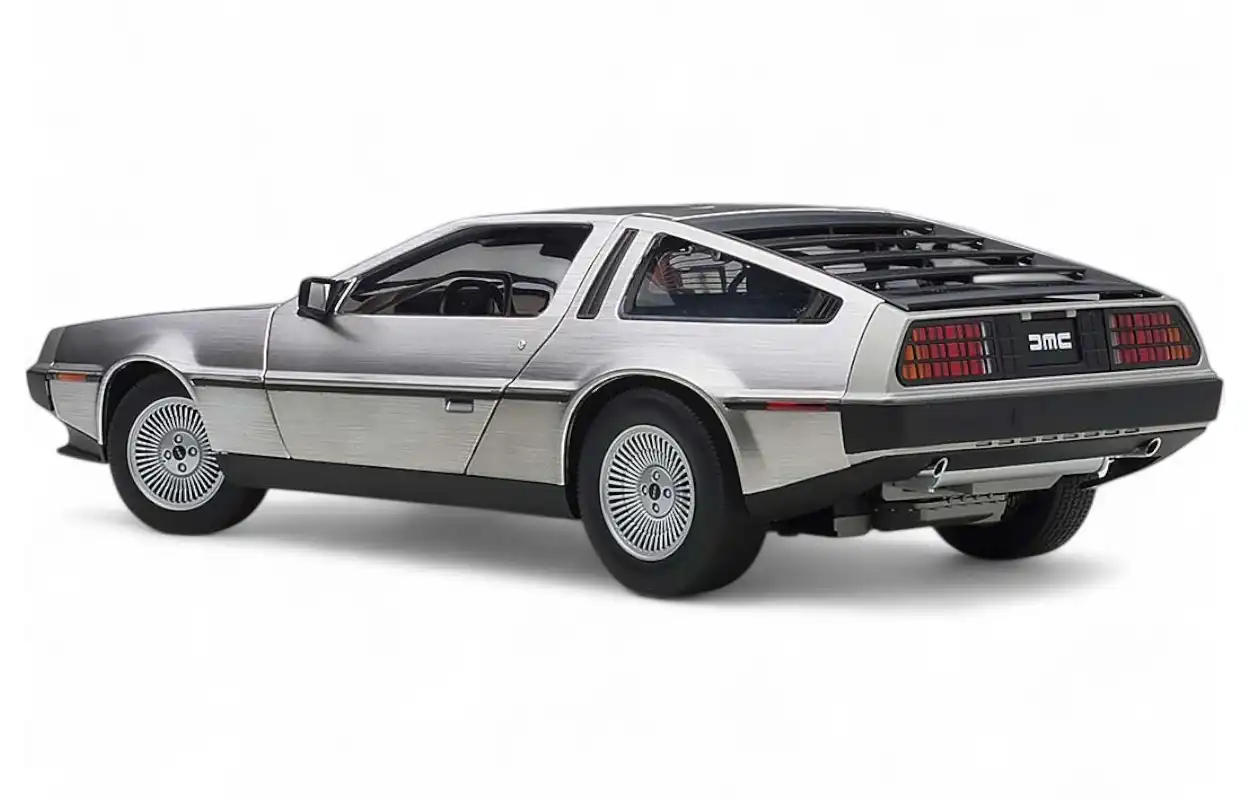
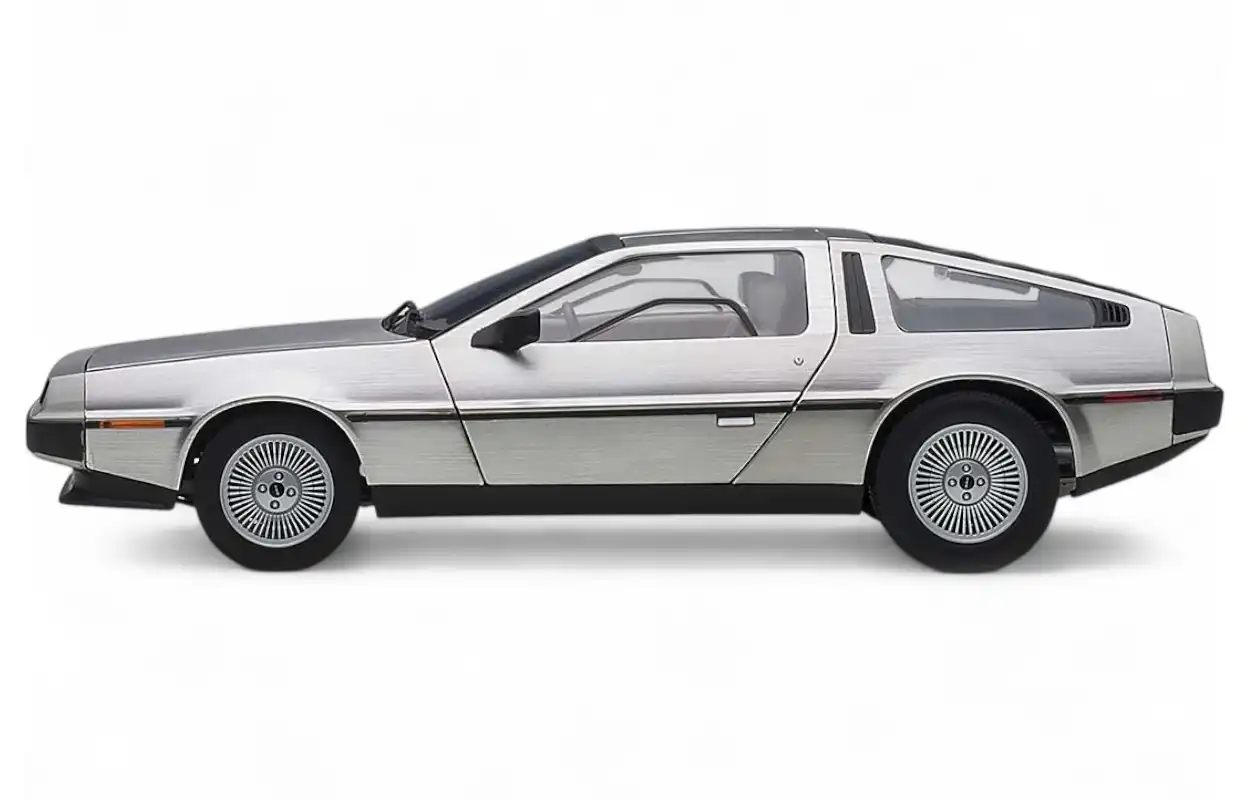
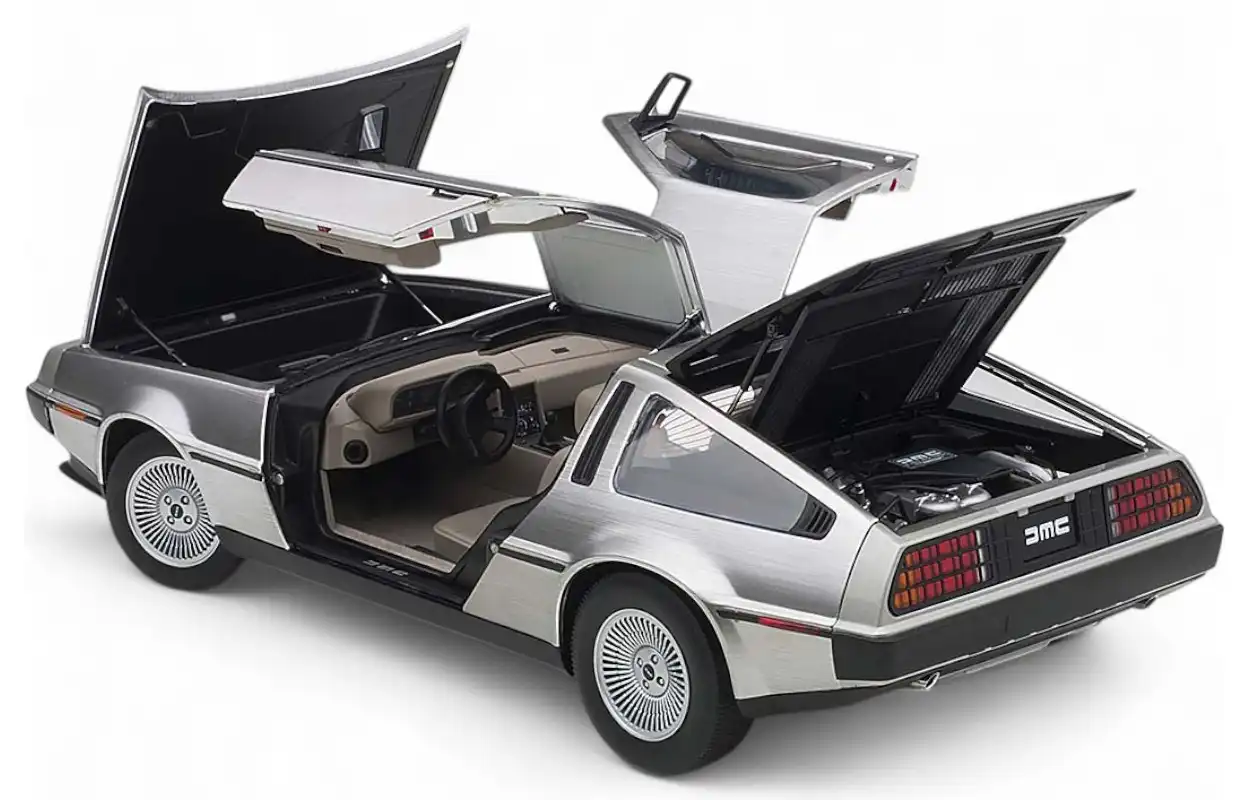
Sun Star 1:18
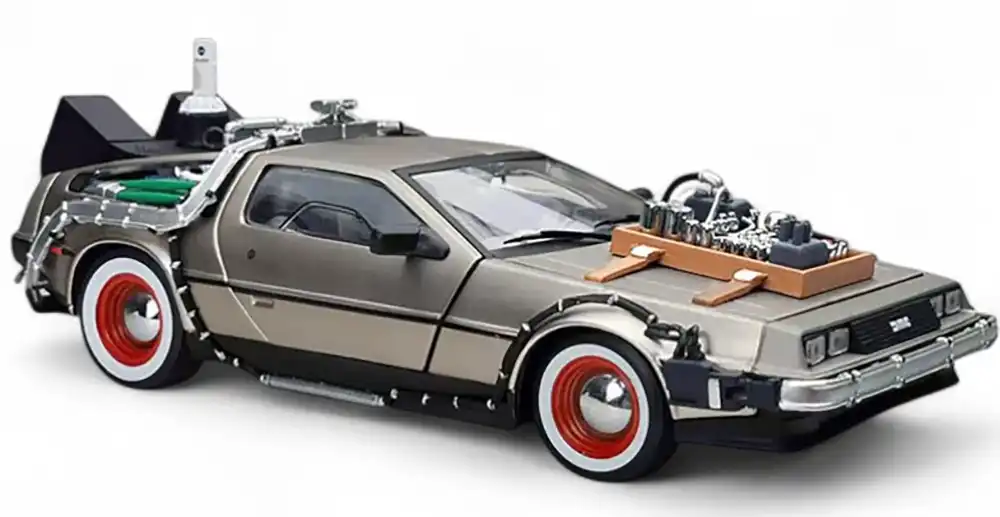
Welly 1:24
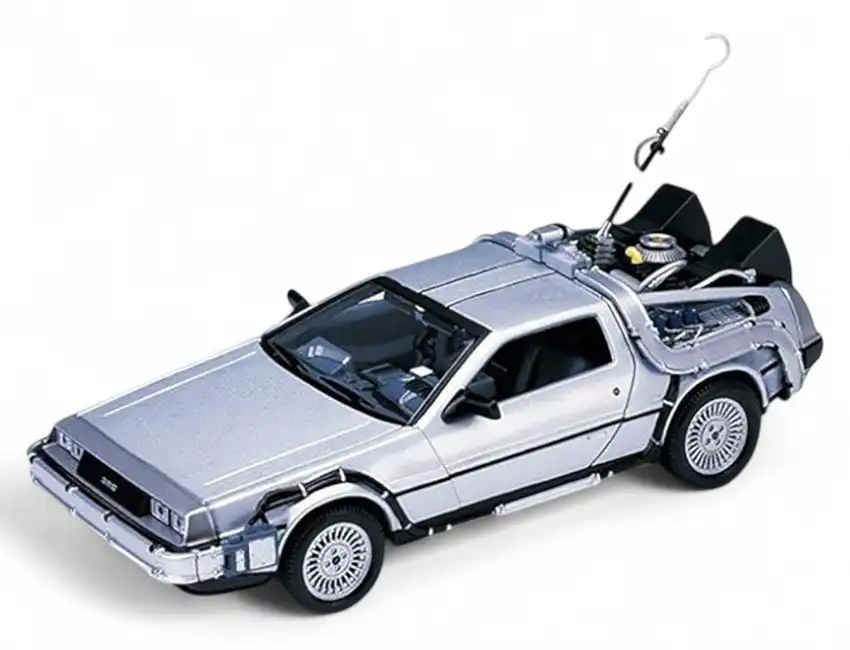
Hot Wheels 1:64


